This is not medical advice.

We bad mouth the hamstrings, but we also treat them like dirt. What’s your first thought when I said that?
“Oh yeah, I suppose I should stretch more often…”
What if they need more strengthening instead.
We all know what the hamstrings are by noun definition. It is interesting that the verb definition is : to make ineffective or powerless : disable. Or in the past tense, hamstrung. Were they named the hamstrings because they are such a pain to deal with?
First, we might want to give them a break. The day in the life of the hamstrings is a tough one.
When we walk or run, they have three jobs, and all entail three different kinds of muscle contractions. If we are running or sprinting, we are asking the hamstrings to change jobs very quickly, and contract and lengthen, and hold force, all within fractions of a second.
When we walk forward, the first job of the hamstring is to slow down the foot so that it doesn’t swing into hyperextension at the knee. We would look pretty funny, like floppy clown legs, without that brake system. The contraction is eccentric, meaning not only are we asking it to hold a force, but also lengthening at the same time. This may be the hardest contraction in the body. There are also theories that eccentric contractions contribute the most to our muscle growth and soreness.
Only 1/3 of the way there, and we haven’t even planted the foot yet.
Now we plant the foot, and the quadriceps and hamstrings co-contract isometrically, to hold the knee joint together, so it doesn’t buckle. Isometric contractions are when the muscle contracts, but the joint doesn’t move, or the muscle doesn’t shorten in length. This is extremely short lived, and the joint is starting to move. This quickly becomes concentric as we ask the hamstrings to help push us forward.
As the heel starts to lift off, now the hamstrings and glutes are contracting and shortening (concentric) and pushing us forward. If we are running, the ankle nears the butt, and then has to go back the other direction to receive the next step, again lengthening and contracting at the same time. I say contracting, but should maybe say firing, because it is not shortening.
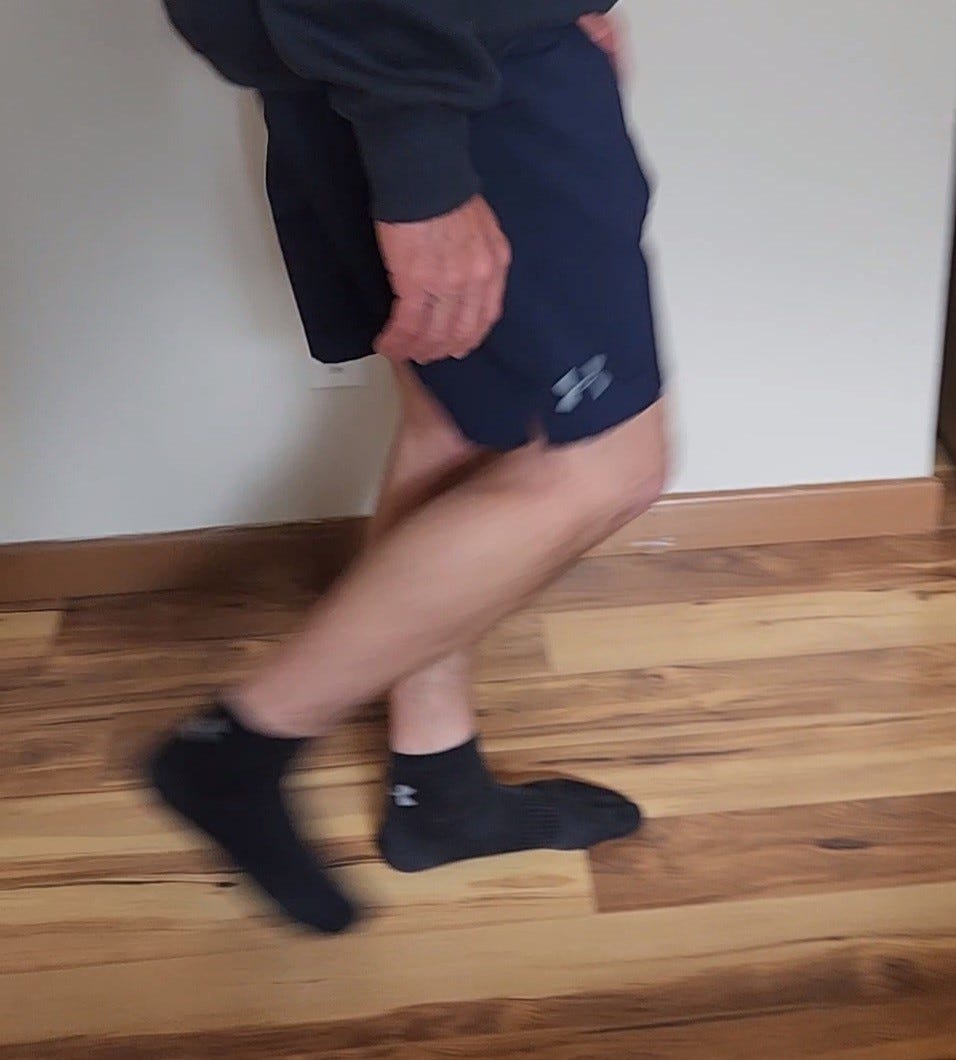
And just how do we typically reward such efforts? We sit on them. A lot. Many hours a day. Flexed at the knee, so that they might be tight when we stand again.
Then we get up, and ask them to do all that other hard stuff. Sometimes before the activity, we stretch apart the muscle fibers. Muscle contractions happen by filaments overlapping each other and contracting towards one another.
(Somewhere there are PhD physiologists having a stroke that I used interlaced fingers for this explanation. However, they are not my target audience. My target audience could care less about sliding muscle filament theory, and might be mildly interested in stretching).
Traditionally, we pull apart the hamstrings with stretching first, and then ask them to contract very quickly for sports. Strengthening is becoming far more common now. And there has been a gradual shift towards “active warm ups” for warming up muscles and injury prevention. Passive stretching is not the same.
Sometimes we need extra range of motion at a joint, but that is not the same as flexibility. Gymnasts and karate people need full ROM, and very flexible hamstrings to reach their objective.
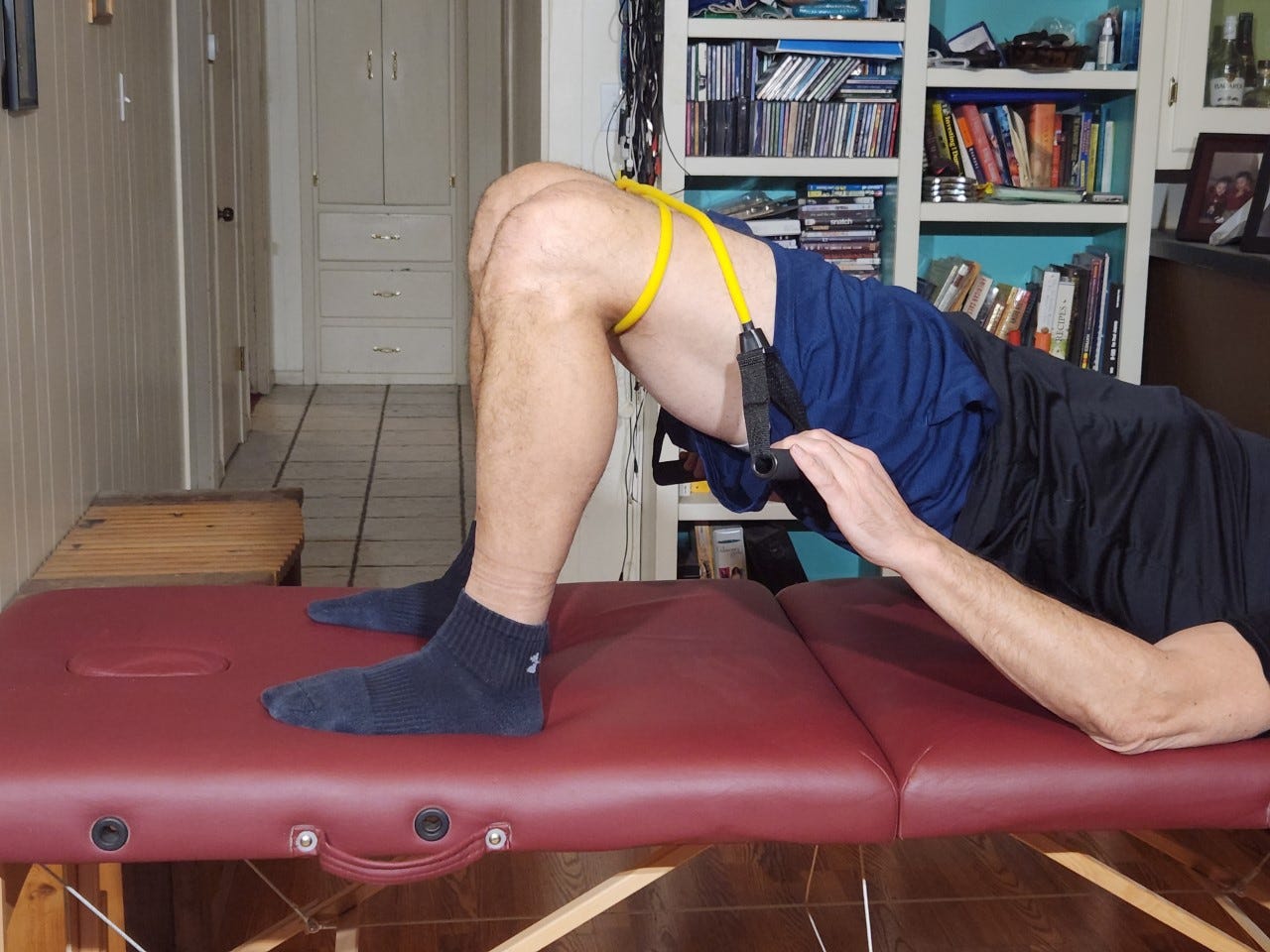
Do we need full joint ROM at the joints for running? Yes, to be pain free and function properly, no, if we look at the ROM required.
Do we need to be very flexible for running? Not nearly as much as other activities.
This can be hotly debated. I like to think about the function of the hamstrings, and give them a break. Nice warm ups. Strengthening on other days. Massage also helps.
Is there a correlation with the fact that we stretch the hamstrings the most, and they are one of the more commonly problematic muscles? This is not proven, but I’m going to keep asking.
I know what’s going to happen. Ideally this is shared with others, and someone will say, “Hey! this guy said to NOT stretch the hamstrings!” And the trainer, PT, or yogi will either be indignantly angry, or just roll their eyes…
Stretching should involve context, not religious dogma.



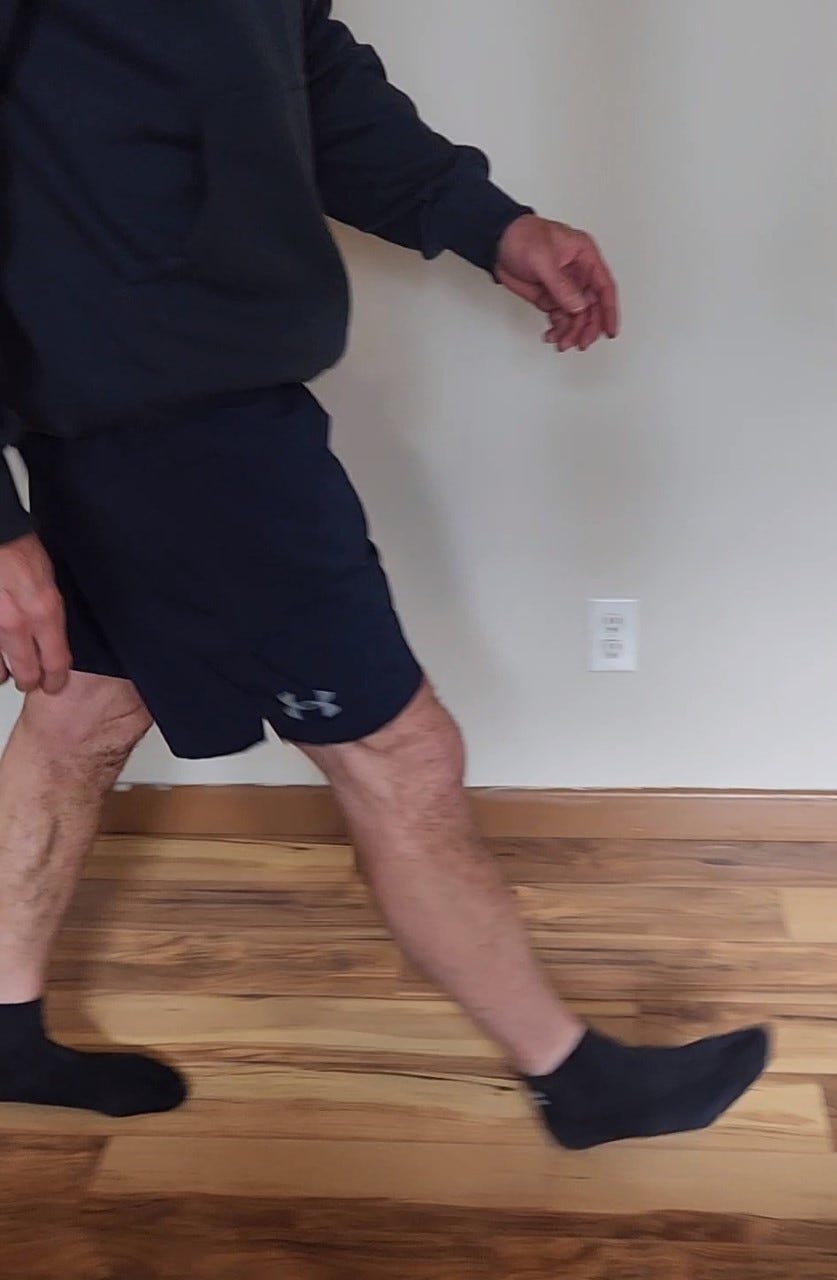
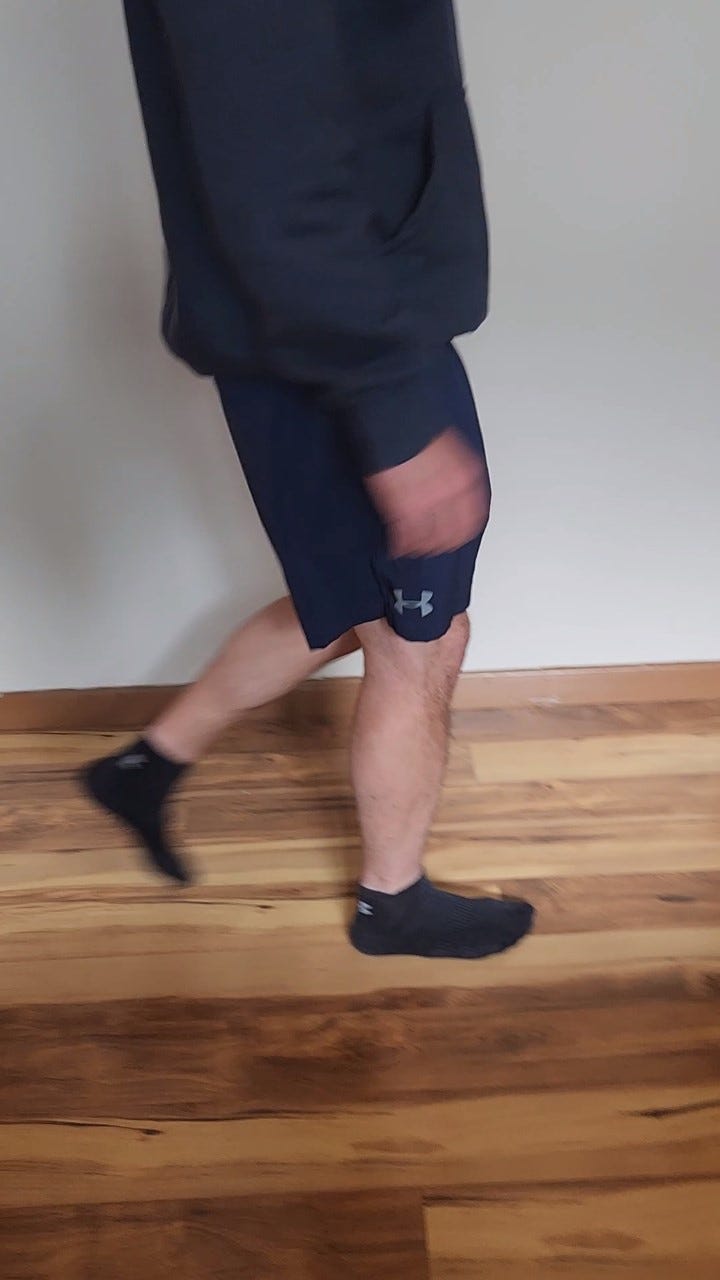


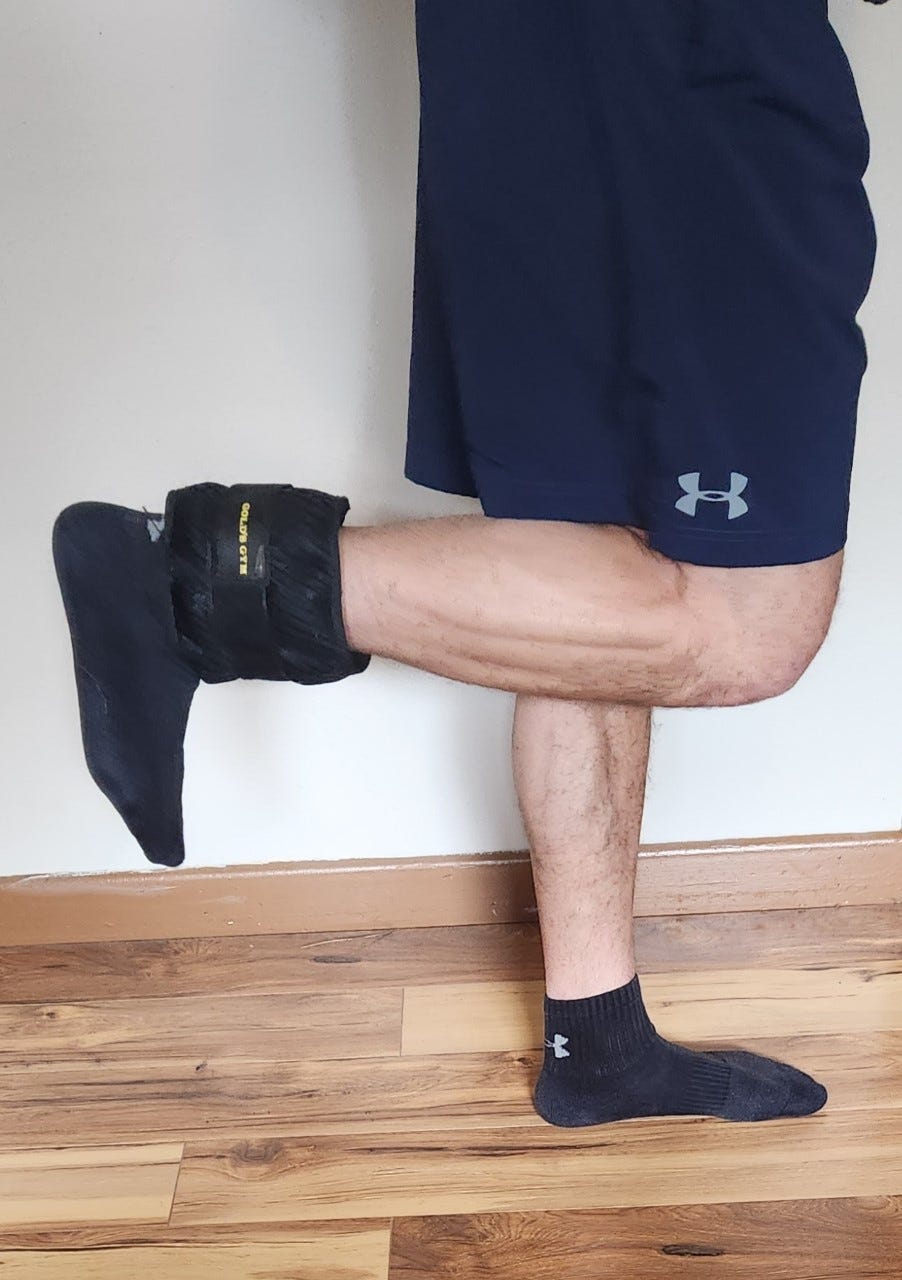

Great explanation. Thanks